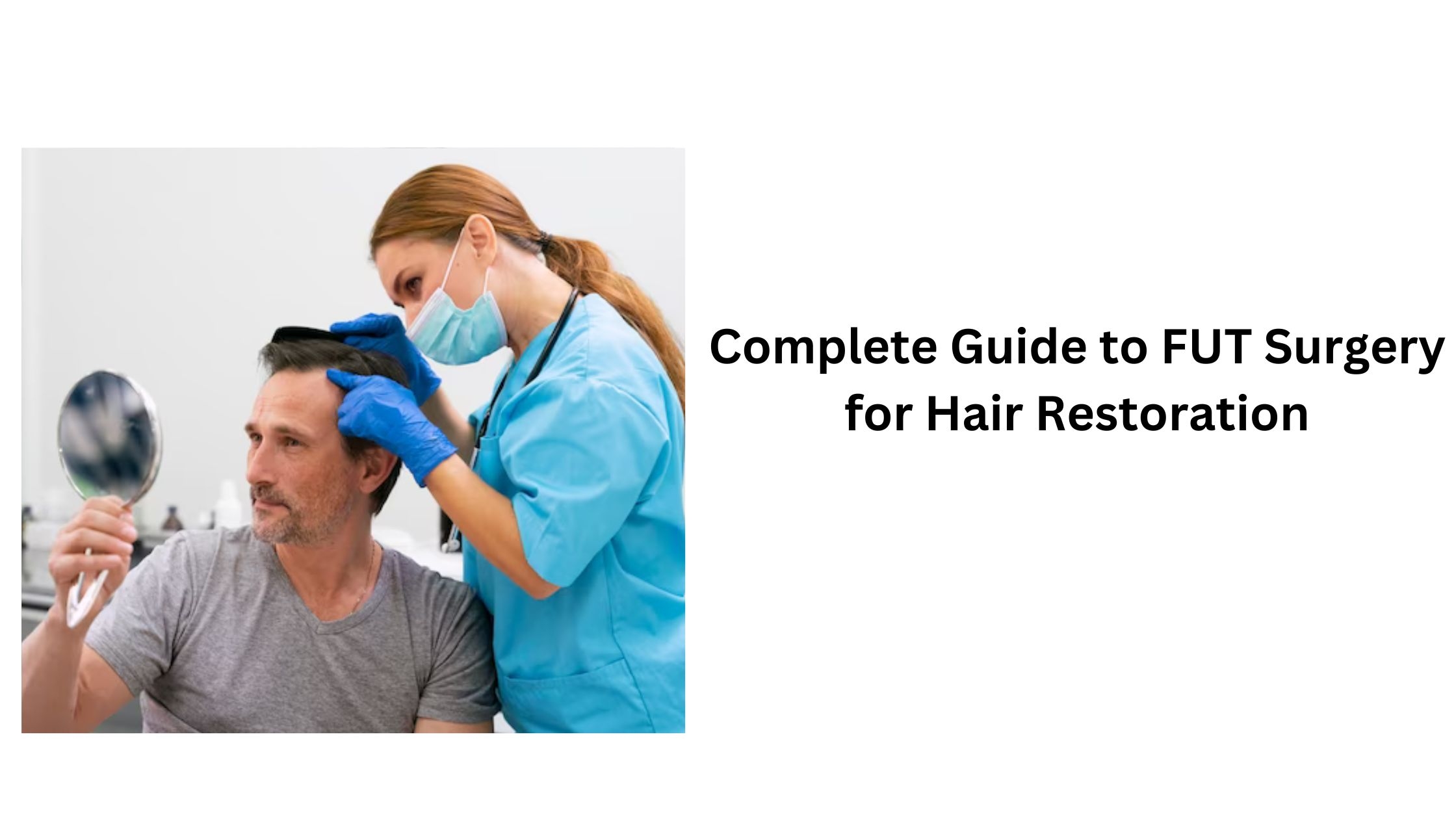Hair loss can be a problematic experience, impacting self-esteem and diminishing quality of life. Fortunately, advancements in medical technology offer practical solutions, including Follicular Unit Transplantation (FUT) surgery. FUT surgery is a popular technique for hair restoration, helping individuals regain a fuller, natural-looking hairline. This guide provides a comprehensive overview of FUT surgery, including its benefits, procedure, and post-operative care. Whether considering FUT surgery or seeking information, this guide covers everything you need to know.
Understanding FUT Surgery
FUT surgery, also known as strip harvesting, involves extracting a strip of scalp from the donor area, typically the back of the head. This strip contains healthy hair follicles, which are then dissected into individual follicular units. These units are transplanted into the thinning or balding areas of the scalp. The procedure is known for its effectiveness in providing dense hair coverage and is suitable for individuals with significant hair loss.
The Benefits of FUT Surgery
One of the primary benefits of FUT surgery is its ability to yield many grafts in a single session. This makes it an excellent option for patients requiring extensive coverage. Additionally, because the hair follicles are taken from the patient's scalp, the risk of rejection is minimal, and the results are natural-looking. FUT surgery also allows for the precise placement of hair follicles, enhancing the overall aesthetic outcome.
The FUT Surgery Procedure
The FUT surgery procedure begins with a consultation to assess the patient's suitability. During the procedure, the surgeon will use local anesthesia to ensure comfort. Next, a strip of scalp is harvested from the donor area, and the incision is closed with sutures, typically hidden within the hairline.
Post-Operative Care and Recovery
Recovery from FUT surgery involves some post-operative care to ensure optimal results. Patients might experience swelling and discomfort, which can be alleviated with prescribed medications. Adhering to the surgeon's wound care instructions is essential, as is avoiding activities that could strain the scalp, like heavy lifting or intense exercise.
Risks and Considerations
While FUT surgery is generally safe, being aware of potential risks is essential. These may include infection, scarring, or temporary hair shedding. Having realistic expectations about the results is also necessary, as hair growth can take several months to become fully apparent.
Expected Results and Timeline
Typically, patients see new hair growth within a few months, with full results visible after 12 to 18 months. To achieve the best possible outcome, it is essential to have patience and follow post-operative care instructions.
Conclusion
FUT surgery remains a highly effective method for hair restoration, offering significant benefits for individuals experiencing hair loss. By understanding the procedure, benefits, and post-operative care, you can decide whether FUT is the right choice. Selecting a skilled surgeon and adhering to post-operative care guidelines is critical to successful hair restoration. With patience and proper care, FUT surgery can provide a fuller, more natural-looking head of hair, enhancing your appearance and self-confidence.
FAQs about FUT Surgery
- What distinguishes FUT from FUE hair transplantation?
FUT (Follicular Unit Transplantation) entails extracting a strip of scalp from the donor site, whereas FUE (Follicular Unit Extraction) involves directly collecting individual hair follicles from the scalp. FUT is often preferred for more extensive coverage areas, while FUE may be chosen for its minimally invasive nature and reduced scarring.
- Is FUT surgery suitable for all types of hair loss?
FUT surgery is generally ideal for those with androgenetic alopecia (pattern baldness) and various other types of hair loss. However, it might be more appropriate for patients with limited donor hair or specific medical conditions. A comprehensive assessment by a skilled surgeon will help determine if FUT is the optimal choice for you.
- How long does the recovery process take after FUT surgery?
The initial recovery period after FUT surgery typically lasts about one to two weeks. During this time, patients may experience swelling and discomfort. Full recovery can take several months, including the time needed for new hair growth. Following post-operative care instructions and attending follow-up appointments are crucial for the best results.
